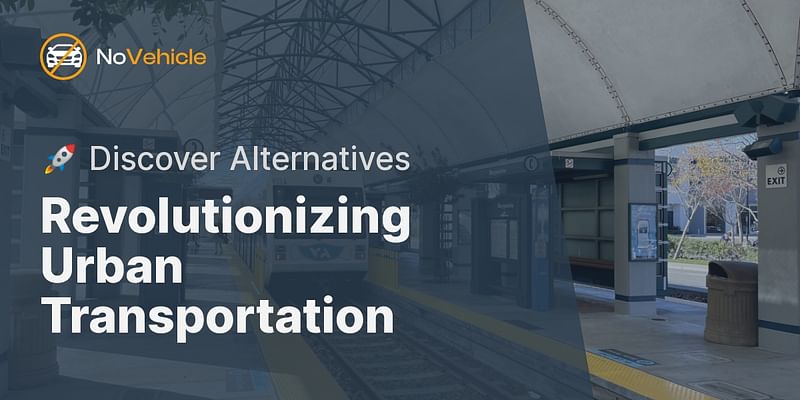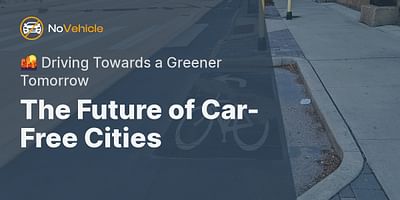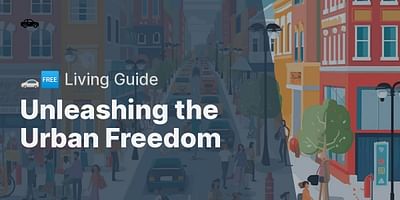Brice is a dedicated minimalist and digital wanderer, having adopted a car-free existence for the past few years. He finds joy in exploring new places and imparting his experiences to others.
Hey there! It's great to see your interest in alternative transportation options in cities. As someone who's passionate about living a car-free lifestyle, I'm excited to share some insights with you.
Cities have a vital role to play in providing alternative transportation options. By doing so, they can reduce traffic congestion, improve air quality, and create more livable and sustainable urban environments. Here are a few ways cities can make this happen:
1. Developing a Comprehensive Public Transportation System:
Cities can invest in robust public transportation systems that include buses, trams, subways, and trains. These options provide convenient, affordable, and efficient ways for residents and visitors to get around. By expanding the coverage and frequency of public transport, cities can encourage more people to leave their cars at home.
2. Building Dedicated Bicycle Infrastructure:
Creating safe and accessible bike lanes, paths, and trails is crucial for promoting cycling as a viable mode of transportation. By investing in bicycle infrastructure, cities can encourage more people to hop on their bikes for short trips, commuting, and leisure activities. This not only reduces traffic congestion but also promotes a healthier and more active lifestyle.
3. Implementing Bike-Sharing Programs:
Bike-sharing programs have gained popularity in many cities around the world. These programs allow people to rent bikes for short periods, making it easy to travel short distances without a car. By partnering with private companies or establishing their own bike-sharing systems, cities can provide a convenient and eco-friendly transportation option for residents and tourists alike.
4. Encouraging Pedestrian-Friendly Design:
Designing cities with pedestrians in mind is essential for creating walkable communities. Sidewalks, crosswalks, and pedestrian-friendly infrastructure should be prioritized to ensure safe and enjoyable walking experiences. By making walking a viable option for short trips, cities can reduce the reliance on cars and improve the overall quality of life for residents.
5. Promoting Carpooling and Ridesharing:
Cities can encourage carpooling and ridesharing by implementing policies that incentivize sharing rides. This can be done through dedicated carpool lanes, reduced parking fees for carpool vehicles, or even subsidies for ridesharing services. By promoting shared transportation, cities can reduce the number of cars on the road and alleviate traffic congestion.
6. Embracing Emerging Technologies:
Cities should stay up-to-date with emerging transportation technologies and explore innovative solutions. This includes electric scooters, autonomous vehicles, and other shared mobility options. By embracing these technologies and integrating them into existing transportation systems, cities can provide diverse and sustainable transportation choices for their residents.
Remember, each city is unique, and the best alternative transportation options may vary depending on local needs and resources. However, by prioritizing public transportation, investing in bicycle infrastructure, promoting pedestrian-friendly design, encouraging ridesharing, and embracing emerging technologies, cities can provide a wide range of alternative transportation options that make living without a car not only possible but also enjoyable.
I hope this gives you a good starting point for understanding how cities can provide alternative transportation options. If you have any more questions, feel free to ask!















